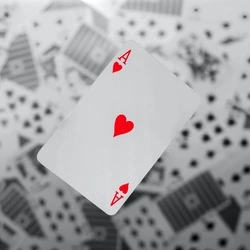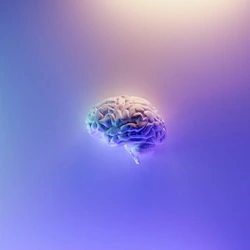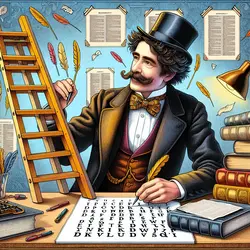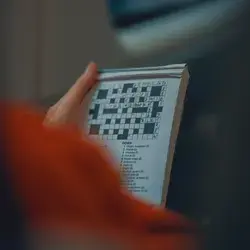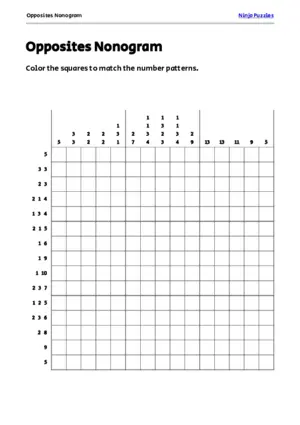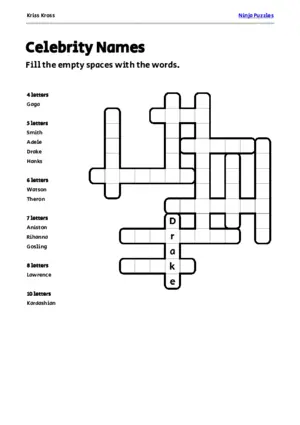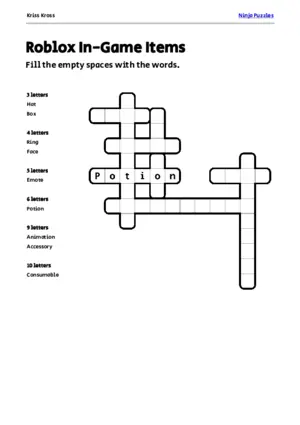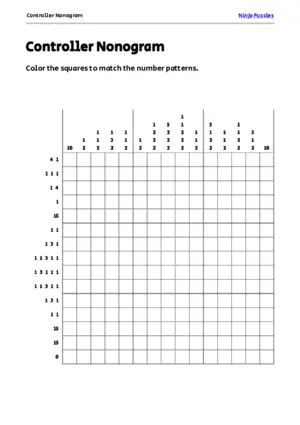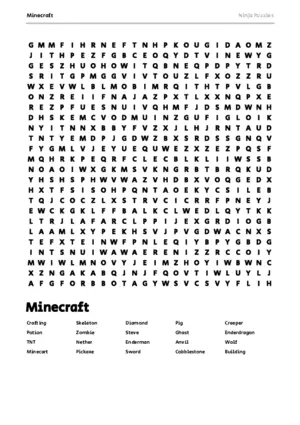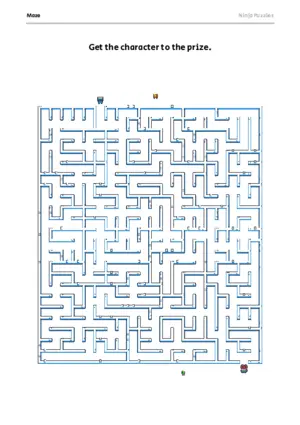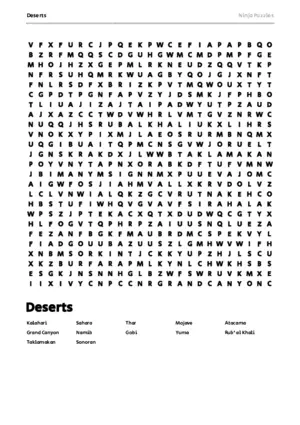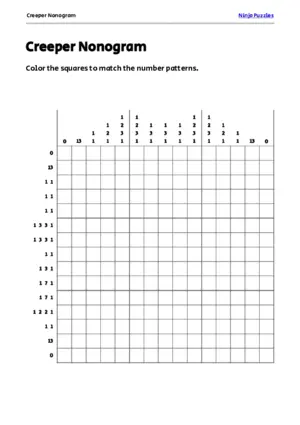Unraveling the World of Brain Teasers: A Mind-Bending Journey
About the author • Ben Gillbanks spent 11 years working at Miniclip.com as a game and web developer. He spent a lot of that time working on and thinking about games and puzzles. He now makes apps, and puzzles, and apps that make puzzles. More info →
Embark on a mind-bending journey through the captivating world of brain teasers, where creativity and logic intertwine to offer a unique thrill of problem-solving.
- Diverse Puzzles: Brain teasers come in various forms, each designed to challenge your thinking.
- Historical Roots: Dating back centuries, brain teasers have evolved across cultures and time periods.
- Cognitive Benefits: Solving brain teasers enhances problem-solving skills, critical thinking, and creativity.
- Engaging Science: Brain teasers stimulate the brain’s reward system, releasing dopamine and providing a sense of accomplishment.
- Wide Variety: From logic puzzles to riddles and math-based challenges, there’s a brain teaser for everyone.
What are brain teasers and why are they popular?
Brain teasers are puzzles designed to challenge thinking creatively and logically. They are popular due to their ability to engage minds uniquely, offering mental stimulation and cognitive benefits.
Have you ever been captivated by a challenge that pushes the boundaries of your mind, igniting your problem-solving prowess, and leaving you with a sense of accomplishment? If so, you’re not alone. The world of brain teasers offers a unique thrill that has intrigued and entertained people for centuries. In this exploration, we delve into the fascinating universe of brain teasers, their history, appeal, and the science behind their charm.
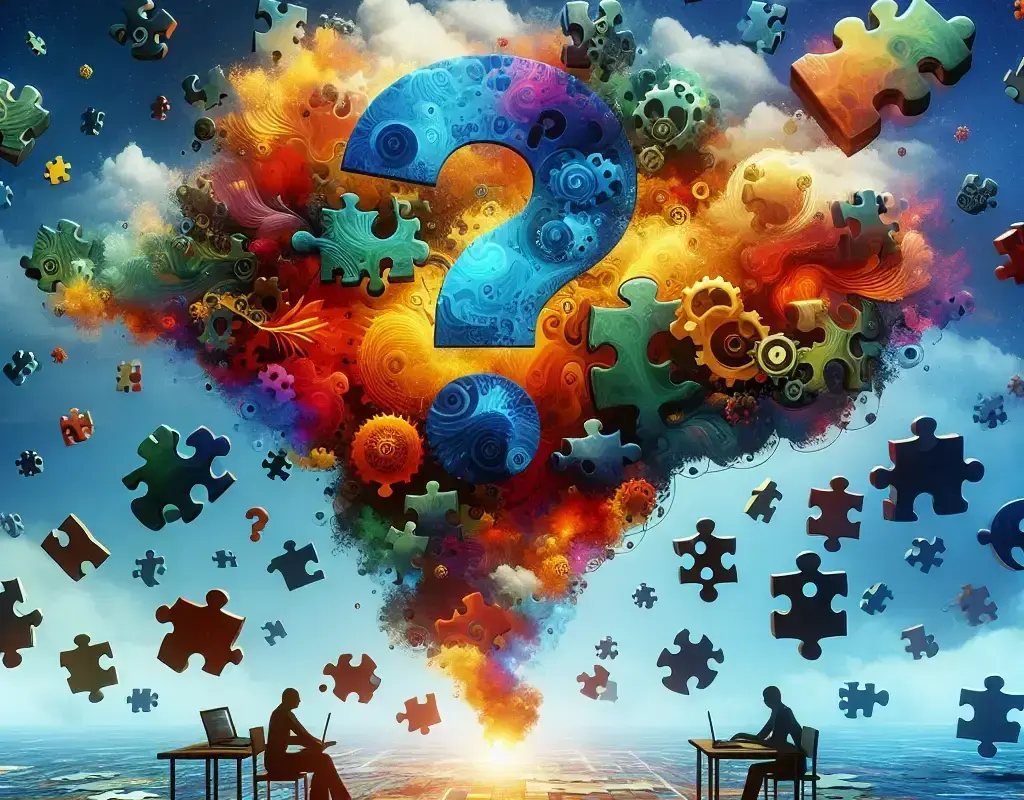
What Are Brain Teasers?
Brain teasers, as the name suggests, are puzzles designed to tickle your gray matter, making you think creatively and logically. These puzzles come in various forms, each with its distinct flavor and appeal. Whether it’s a riddle that perplexes you or a cunning logic puzzle, brain teasers are diverse and dynamic.
A Brief History
To truly appreciate brain teasers, it’s essential to understand their historical roots. These mind-bending challenges have a legacy dating back to ancient civilizations. One of the earliest recorded brain teasers, the “Hannoi Tower,” emerged in the 19th century. With this simple yet perplexing puzzle, players needed to transfer a stack of discs from one peg to another, adhering to specific rules.
Throughout history, brain teasers have made appearances in various cultures and time periods. The Chinese developed intricate puzzles like the Tangram, while the Greeks gave us the famous “Three Houses” riddle. These puzzles weren’t just a pastime; they often carried philosophical and educational significance.
The Appeal of Brain Teasers
Why are brain teasers so popular? The answer lies in their ability to engage our minds in a unique way. When you solve a brain teaser, you’re not just finding a solution; you’re embracing a mental adventure. The satisfaction that comes with cracking a challenging puzzle is unparalleled.
Moreover, brain teasers offer a mental workout. They stimulate cognitive functions, enhancing problem-solving skills and critical thinking. In a world where our brains are bombarded with information, brain teasers provide a refreshing escape into the realm of thought.
Different Types of Brain Teasers
The world of brain teasers is incredibly diverse. Here are some common types you might encounter:
- Logic Puzzles: These puzzles challenge your deductive reasoning and require you to solve problems systematically.
- Riddles: Riddles present enigmatic questions that demand creative thinking to find their answers.
- Lateral Thinking Puzzles: Lateral thinking encourages you to approach problems from unconventional angles.
- Math-Based Puzzles: These puzzles involve mathematical concepts, making them perfect for math enthusiasts.
- Word Puzzles: Word puzzles often test your vocabulary, language skills, and wordplay abilities.
Each type offers a distinct flavor of mental challenge, ensuring there’s something for everyone.
Solving Brain Teasers
The process of solving brain teasers is as exciting as the solutions themselves. Here are some tips to approach them effectively:
- Read Carefully: Pay close attention to the puzzle’s details. Sometimes, the key lies in a subtle clue.
- Break It Down: Divide complex problems into smaller, more manageable parts.
- Trial and Error: Don’t be afraid to experiment and try different approaches.
- Practice Patience: Some brain teasers require time and patience. Take breaks if needed.
Remember, the journey of solving a brain teaser is often as rewarding as the destination.
The Science Behind Brain Teasers
There’s more to brain teasers than meets the eye. They engage your brain in ways that can lead to cognitive growth. Studies have shown that regularly solving brain teasers can enhance memory, improve problem-solving abilities, and boost creativity.
The brain’s reward system gets a workout when you crack a challenging puzzle. Dopamine, the “feel-good” neurotransmitter, is released, providing a sense of accomplishment and satisfaction. It’s no wonder that solving brain teasers can be addictive.
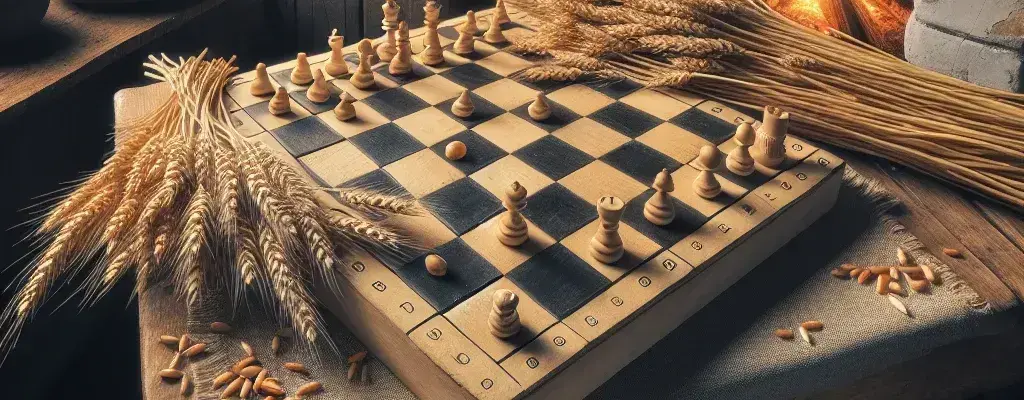
Famous Brain Teasers
Let’s have a taste of some famous brain teasers and their solutions:
- Einstein’s Riddle: Also known as the Zebra puzzle, Einstein’s Riddle is a classic logic puzzle involving five houses, five colors, five nationalities, and five pets. Can you determine who owns the fish?
- Wheat and chessboard problem: If a chessboard were to have wheat placed upon each square such that one grain were placed on the first square, two on the second, four on the third, and so on (doubling the number of grains on each subsequent square), how many grains of wheat would be on the chessboard at the finish? The solution is a larger number than you may first imagine.
Challenges and Fun Facts
Before we conclude this journey into the world of brain teasers, here are a few challenges for you to try:
- The Classic Riddle: I am taken from a mine and shut up in a wooden case, from which I am never released, and yet I am used by almost every person. What am I? 1
- The 3-Door Dilemma: Also known as the Monty Hall problem, Imagine you are in a game show with three doors. Behind one door is a car, and behind the other two are goats. After picking a door, the host reveals a goat behind one of the other doors. Should you switch doors or stay with your initial choice for the best chance of winning the car? 2
The world of brain teasers is an enchanting realm where creativity and logic intertwine. With a rich history and a broad spectrum of puzzle types, it offers something for everyone. These puzzles not only entertain but also provide a healthy workout for your brain, enhancing cognitive skills and sparking the joy of problem-solving.
So, embark on this mind-bending journey, explore the puzzles, and unlock the secrets of the brain teaser world. It’s an adventure you won’t want to miss. Happy puzzling!
-
A pencil. ↩
-
Switching doors gives you a 2/3 chance of winning the car, while staying with your initial choice gives you a 1/3 chance. This is because the host’s reveal doesn’t change the probability of your initial choice being correct. Switching doors gives you a better chance of winning the car. ↩


